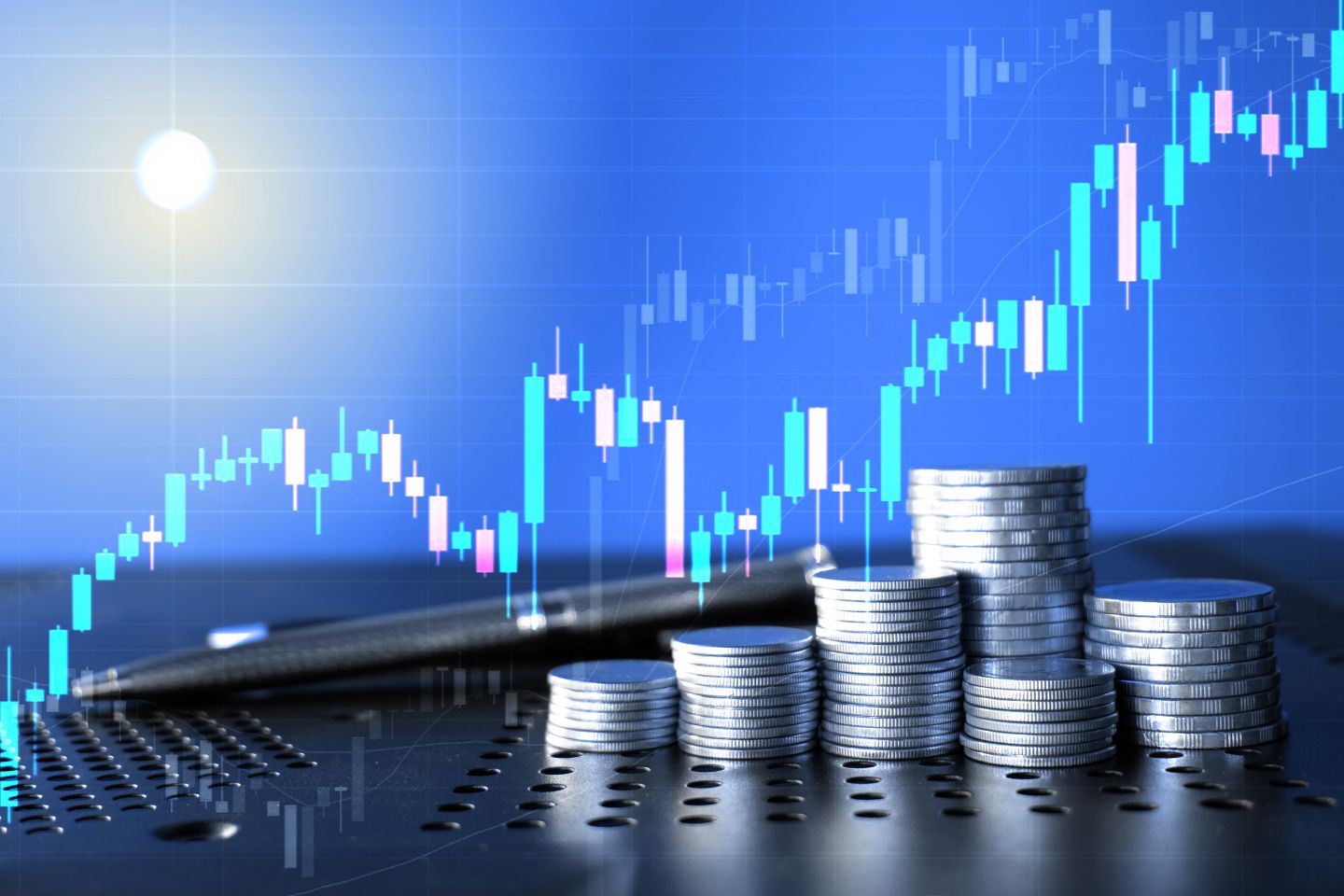Trading during stagflation: which assets to consider
When inflation stays high and growth slows, familiar patterns in markets can shift, and the performance of traditional assets becomes less predictable.
Periods of economic uncertainty continue to test traders’ strategies. One of the most challenging backdrops is stagflation – when high inflation coincides with weak or stagnant growth.
For CFD traders, such conditions often reshape traditional relationships between asset classes. Equities can struggle when earnings slow, bonds may lose appeal as yields adjust, and speculative assets can experience heightened volatility.
Navigating this landscape calls for flexibility and risk awareness, with traders often exploring inflation-resistant assets, diversified exposures and defensive strategies instead of relying on the same approaches that work in growth cycles.
What does stagflation mean for traders?
Stagflation describes the combination of persistent inflation and slowing growth – a mix that historically challenges both equity and bond markets.
Several factors continue to drive current concerns: energy-market pressures, tighter monetary policy and supply-side constraints. Central banks have responded by raising interest rates, which can reduce liquidity and increase funding costs.
For traders, this means adapting to changing correlations and shifting price dynamics. Assets that previously performed well in steady growth environments may need re-evaluation under stagflationary pressures.
What types of assets are commonly traded during stagflation?
While no single asset class performs consistently in such conditions, several tend to attract greater attention due to their defensive or inflation-linked characteristics.
Equities
Equities can face headwinds when inflation erodes margins and demand weakens. Historically, real returns in stagflationary periods have been limited.
That said, performance varies across sectors. Defensive industries – such as consumer staples, healthcare and utilities – often demonstrate greater resilience, while cyclical sectors tend to lag.
In 2025, growth-oriented equities and nominal bonds are less favoured as traders look instead to companies with robust balance sheets, pricing power and consistent cash flow.
Dividend-paying stocks also attract interest for their income potential, though traders continue to monitor yield sustainability and sector risk.
Real assets and infrastructure
Tangible, income-generating assets are gaining traction among traders seeking inflation linkage.
Infrastructure, spanning energy, transport and utilities, offers relatively stable demand and, in some cases, inflation-adjusted revenue. Real estate with quality tenants and inflation-linked leases can also provide an income buffer.
In 2025, infrastructure has become more prominent in diversified CFD portfolios, while real estate exposure has turned more selective, focusing on assets tied to essential services or long-term contracts.
Commodities and precious metals
Commodities often play a central role in trading strategies during inflationary periods. They tend to move with supply constraints and cost pressures.
Gold remains a commonly traded inflation hedge, valued for its perceived stability during market stress. Energy commodities, such as oil and gas, stay volatile, reflecting shifts in supply and geopolitical developments. Some traders are also exploring industrial metals linked to long-term structural trends like clean energy and infrastructure expansion.
As always, these instruments carry significant price risk, and leverage can amplify both gains and losses.
Fixed income and inflation-linked instruments
Nominal bonds often lose value when inflation rises. However, inflation-linked bonds, such as UK index-linked gilts or US TIPS, attract traders seeking protection from rising prices.
For CFD traders, these instruments can serve as defensive exposure or a hedge within a broader portfolio approach.
Past performance is not a reliable indicator of future results.
Final thoughts
In periods marked by slow growth and high inflation, traders often focus on resilience, liquidity and disciplined execution rather than chasing momentum.
Balancing exposure across inflation-resistant assets, defensive sectors, real assets and inflation-linked instruments can support a more adaptable trading framework.
Remember, past performance does not guarantee future results. Markets can move rapidly, and continuous monitoring is essential to managing risk.
Create an account Open a demo account
FAQ
How to trade during stagflation?
Trading during stagflation calls for a measured and diversified approach that balances inflation protection with risk management. Instead of relying solely on growth-focused equities or nominal bonds, traders often look towards defensive sectors such as consumer staples, healthcare and utilities, which tend to hold up better when growth slows. Real assets like infrastructure and real estate can offer inflation-linked income potential, while commodities such as gold and energy may help offset rising price pressures. Inflation-protected bonds can also play a role in maintaining stability. In such conditions, traders typically prioritise capital preservation and flexibility, adjusting positions in response to shifting inflation and growth trends rather than seeking short-term, high-risk gains.
What are the best assets to trade during stagflation?
Assets that have historically shown resilience in stagflationary environments include commodities, inflation-linked bonds, infrastructure and dividend-paying equities. Commodities such as gold and oil often act as hedges against inflation, while infrastructure assets benefit from consistent demand and inflation-adjusted pricing. Dividend-oriented equities in defensive sectors can provide a steadier income profile when market conditions are uncertain, while index-linked government bonds tend to offer protection from rising prices. A diverse mix across these areas can help traders navigate volatility more effectively than concentrating exposure in a single market.
How can traders protect themselves from stagflation?
Protecting trading positions during stagflation involves careful risk management and diversification. Reducing exposure to high-growth equities and long-duration bonds, which can underperform as inflation rises, may help limit losses. Maintaining sufficient cash reserves and avoiding excessive leverage or high-interest debt can also improve resilience. Many traders focus on assets with inflation-linked or defensive characteristics, such as infrastructure, real estate and selected commodities, while using hedging strategies or shorter-term trades to manage volatility. The goal is to remain adaptive and focused on stability, preserving capital through disciplined, well-informed trading rather than pursuing speculative returns.